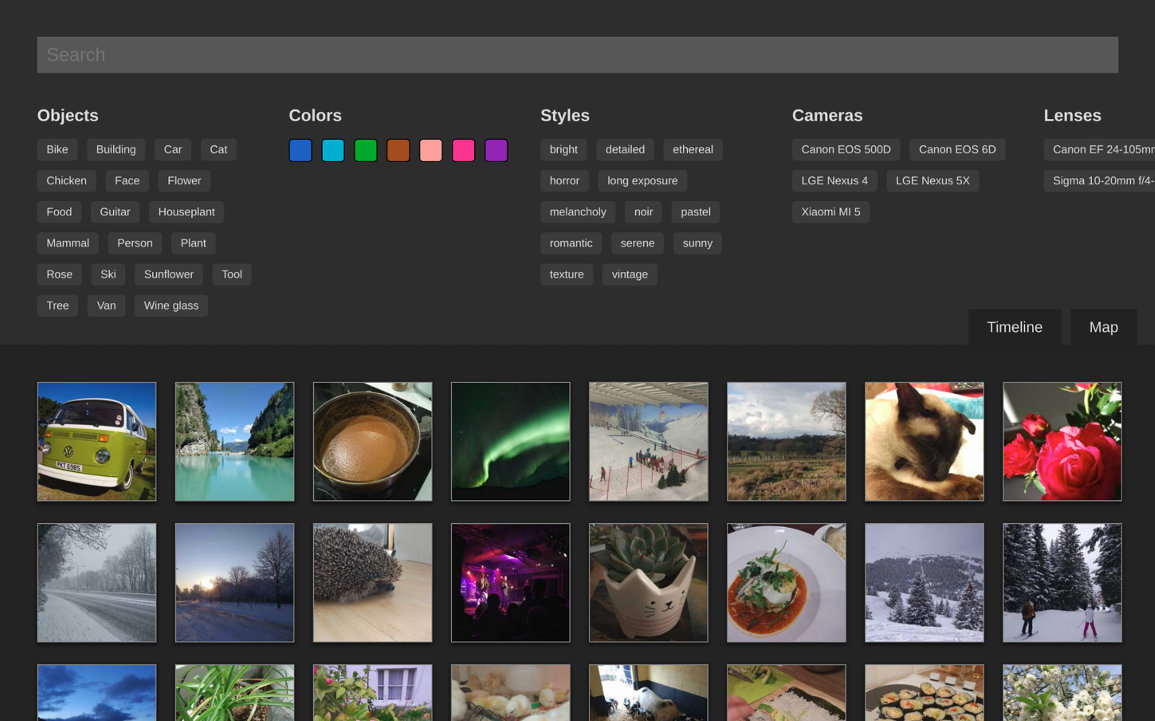Photonix alternatives and similar software solutions
Based on the "Photo and Video Galleries" category.
Alternatively, view Photonix alternatives based on common mentions on social networks and blogs.
-
Immich
High performance self-hosted photo and video management solution. -
Lychee
A great looking and easy-to-use photo-management-system you can run on your server, to manage and share photos. -
OwnPhotos
A self-hosted open source photo management service. This is the repository of the backend. -
LibrePhotos
A self-hosted open source photo management service. This is the repository of the backend. -
Piwigo
Manage your photos with Piwigo, a full featured open source photo gallery application for the web. Star us on Github! More than 200 plugins and themes available. Join us and contribute! -
PiGallery 2
A fast directory-first photo gallery website, with rich UI, optimized for running on low resource servers (especially on raspberry pi) -
MediaDrop
A video, audio and podcast publication platform written in Python. -
Gallery
The simplest, most intuitive way to host your photos on your website. -
Photoview
Photo gallery for self-hosted personal servers [Moved to: https://github.com/photoview/photoview] -
UberGallery
An easy to use, simple to manage, web photo gallery written in PHP. -
MinigalNano
MinigalNano is a very simple image gallery. It adheres to the KISS principle and is very easy to install. MinigalNano does not have a web admin interface: You just upload your images in the photo folder on your server -
Coppermine
Multilingual photo gallery that integrates with various bulletin boards. Includes upload approval and password protected albumns. -
novaGallery
novaGallery - a beautiful and and ease to use php image gallery for your photos - flat file - no database required - modern responsive design -
CumulusClips
[DEPRECATED] Free Video Sharing CMS - Non-official repository, go to http://cumulusclips.org to have latest official version of CumulusClips -
Damselfly
Server-based Digital Asset Management with workflow similar to Picasa. -
Mediagoblin
A Free software media publishing platform that anyone can run. You can think of it as a decentralized alternative to Flickr, YouTube, SoundCloud, etc.
WorkOS - The modern identity platform for B2B SaaS
* Code Quality Rankings and insights are calculated and provided by Lumnify.
They vary from L1 to L5 with "L5" being the highest.
Do you think we are missing an alternative of Photonix or a related project?
README
Photonix Photo Manager
This is a photo management application based on web technologies. Run it on your home server and it will let you find what you want from your photo collection using any device. Smart filtering is made possible automatically by object recognition, location awareness, color analysis and other algorithms.

This project is currently in development and not feature complete for a version 1.0 yet. If you don't mind putting up with broken parts or want to help out, run the Docker image and give it a go. I'd love for other contributors to get involved.
Community and Social
Please join in the discussion and help us gain visibility by following us on social media. Much appreciated :)
Sponsorship
If you get value from Photonix or like where we're heading then we'd really appreciate it if you considered sponsoring us on a monthly basis.
Installing & Running
The easiest way to run it is with Docker Compose using the pre-built image following these steps.
Create a new directory to run inside and download the example Docker Compose file.
mkdir photonix
cd photonix
curl https://raw.githubusercontent.com/photonixapp/photonix/master/docker/docker-compose.example.yml > docker-compose.yml
Make volume directories for data stored outside the container.
mkdir -p data/photos
Bring up Docker Compose which will pull and run the required Docker images.
docker-compose up
A few seconds after starting you should be able to go to http://localhost:8888/ in your browser.
You'll need to create a username, password and library. Right now this needs to be done on the command-line so run this in a new terminal window. Replace USERNAME with your own username.
docker-compose run photonix python photonix/manage.py createsuperuser --username USERNAME --email [email protected]
docker-compose run photonix python photonix/manage.py create_library USERNAME "My Library"
You can move some photos into the folder data/photos and they should get detected and imported immediately. Once you have finished trying out the system you can edit the volume in the docker-compose.yml file where it says ./data/photos to mount wherever you usually keep photos. System database, thumbnails and other cache data is stored separately from the photos so shouldn't pollute the area. You are responsible for keeping your own backups in case of error.
Upgrading
If you are using the pre-built Docker image you can use kill, pull and bring back up using the following:
# Ctrl-C to kill
docker-compose pull
docker-compose up
Developing
There is a [Makefile](./Makefile) and separate Docker Compose file docker-compose.dev.yml that you should use if you want to work on the project. Check out the repo and this setup will build the image, mount the code as volumes, hot-reload JS changes to the browser and reload the Python server for most changes.
git clone [email protected]:damianmoore/photonix.git
cd photonix
mkdir -p data/photos
make build
make start
If you get errors such as Error starting userland proxy: listen tcp 0.0.0.0:5432: bind: address alerady in use then you probably have an existing server such as Postgres listening on the standard port. You can change Photonix's services to use alternative port numbers by editing docker/docker-compose.dev.yml and setting '5432:5432' to be '5433:5432' for example. This is for Postgres but is it a similar solution for Redis or the webserver ports.
If you want to access the Bash or Python shells for development, you can use the following command.
make shell
Testing
PyTest is used as a test runner and for creating fixtures. The easiest way to run the tests is within the Docker container like this:
make test
*Note that all licence references and agreements mentioned in the Photonix README section above
are relevant to that project's source code only.










